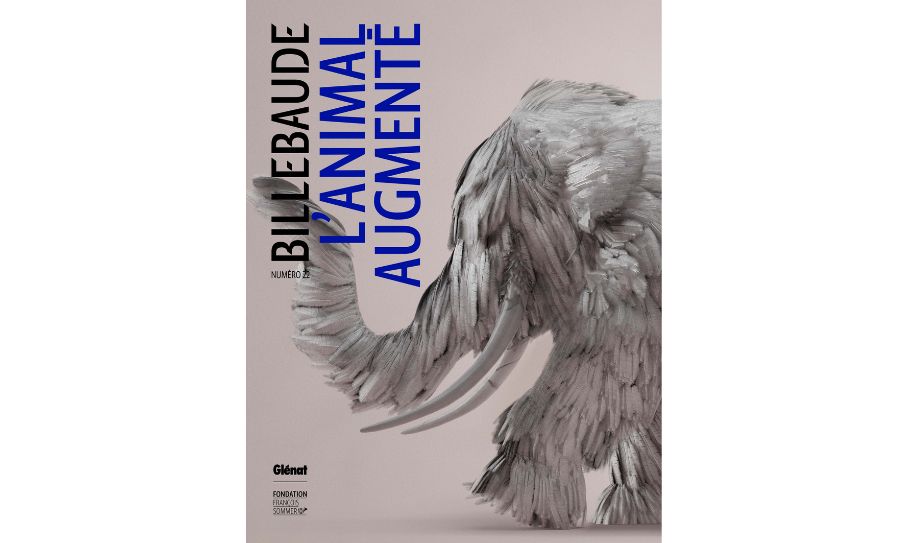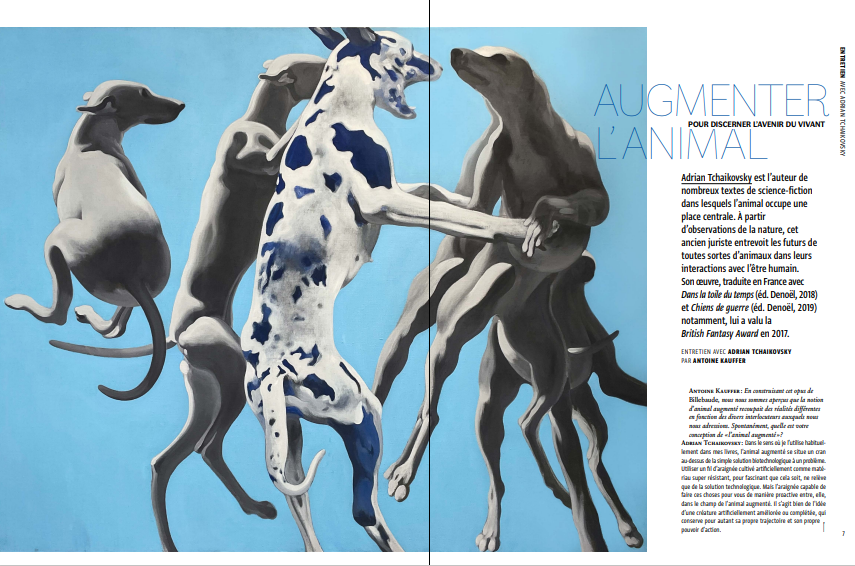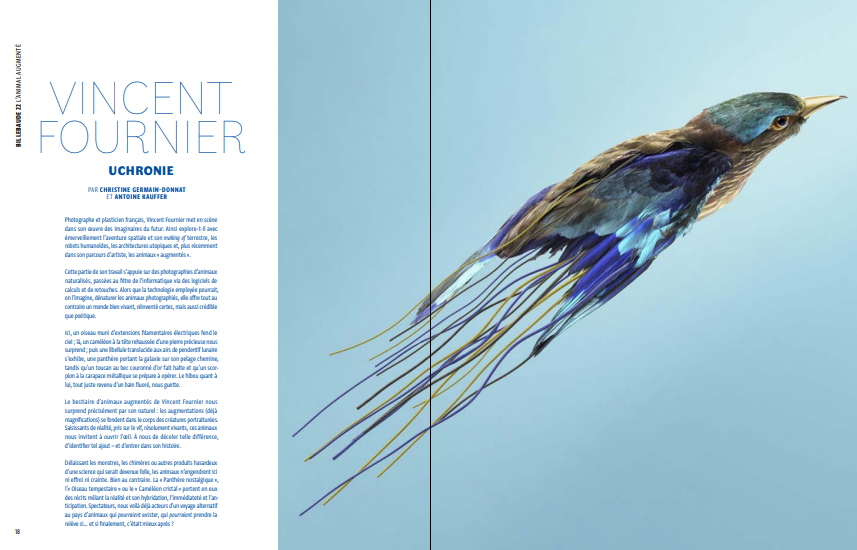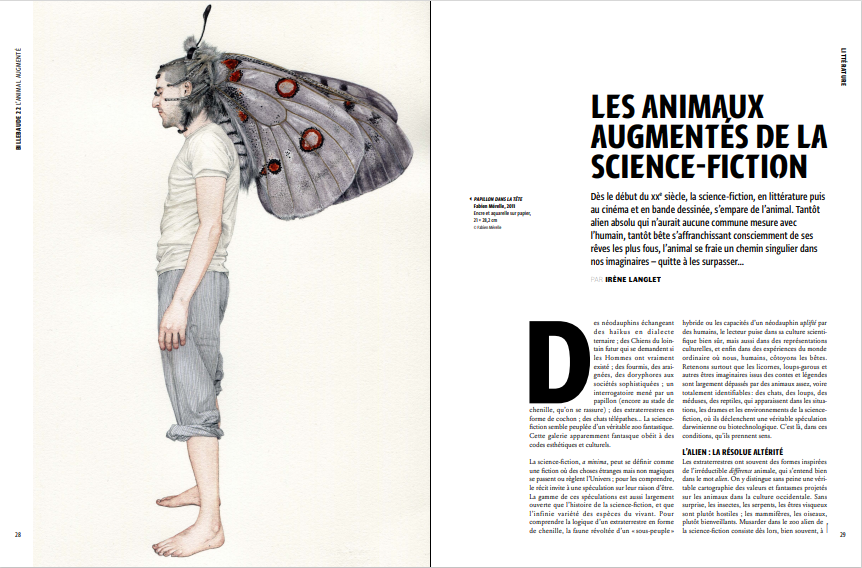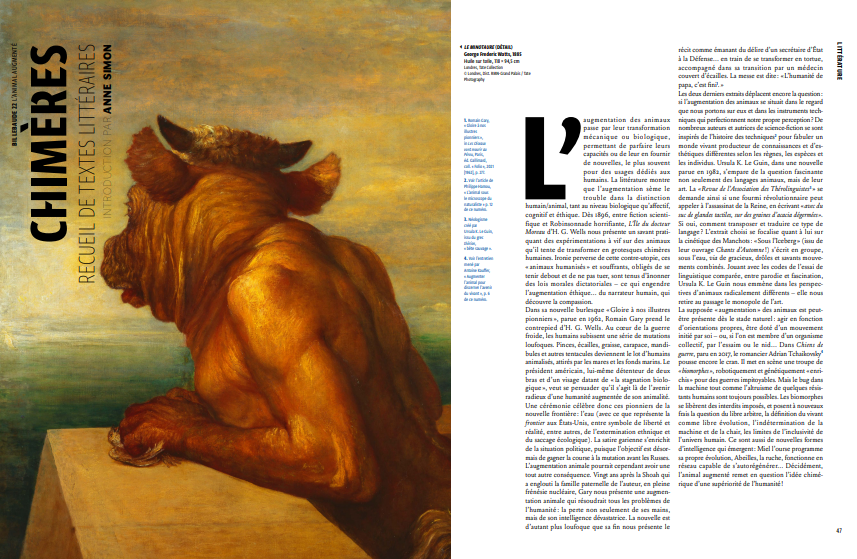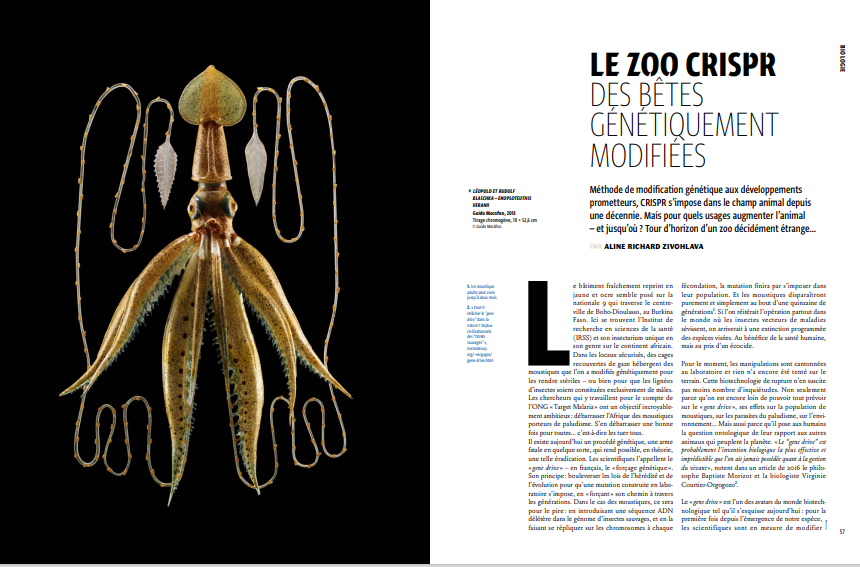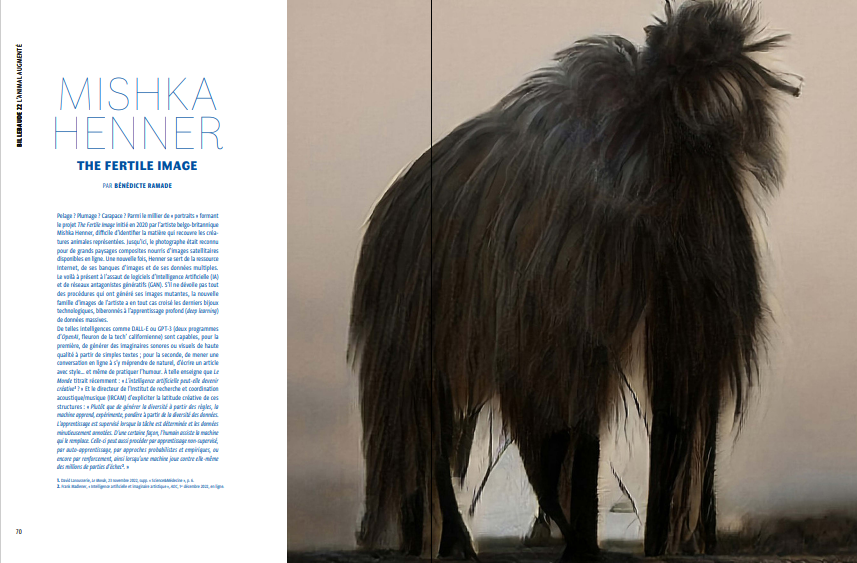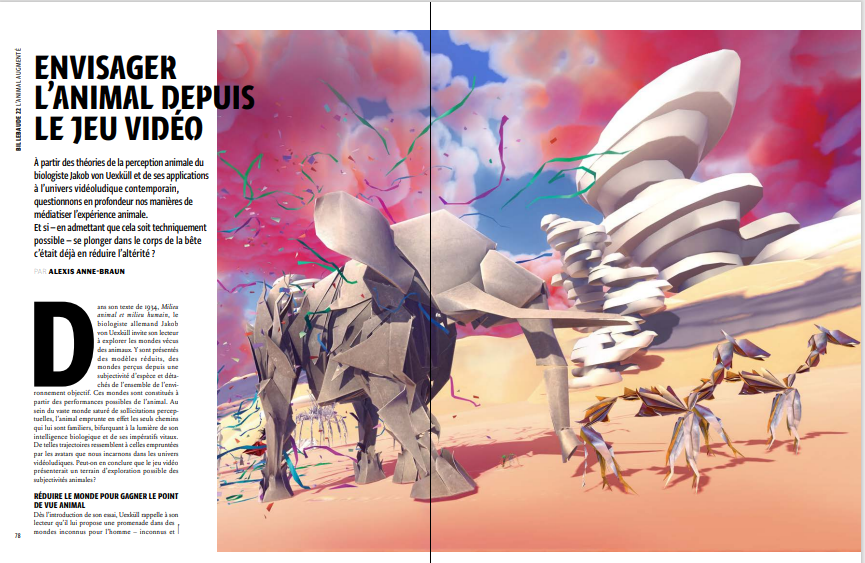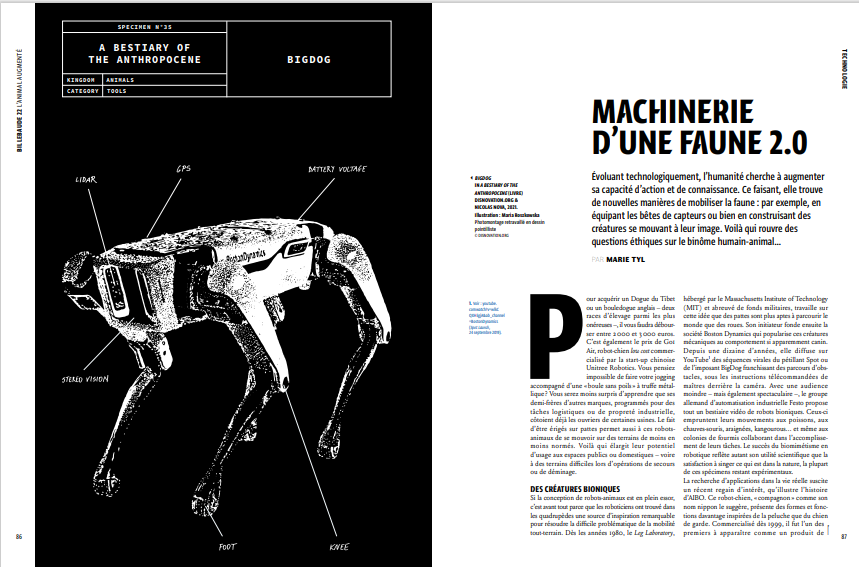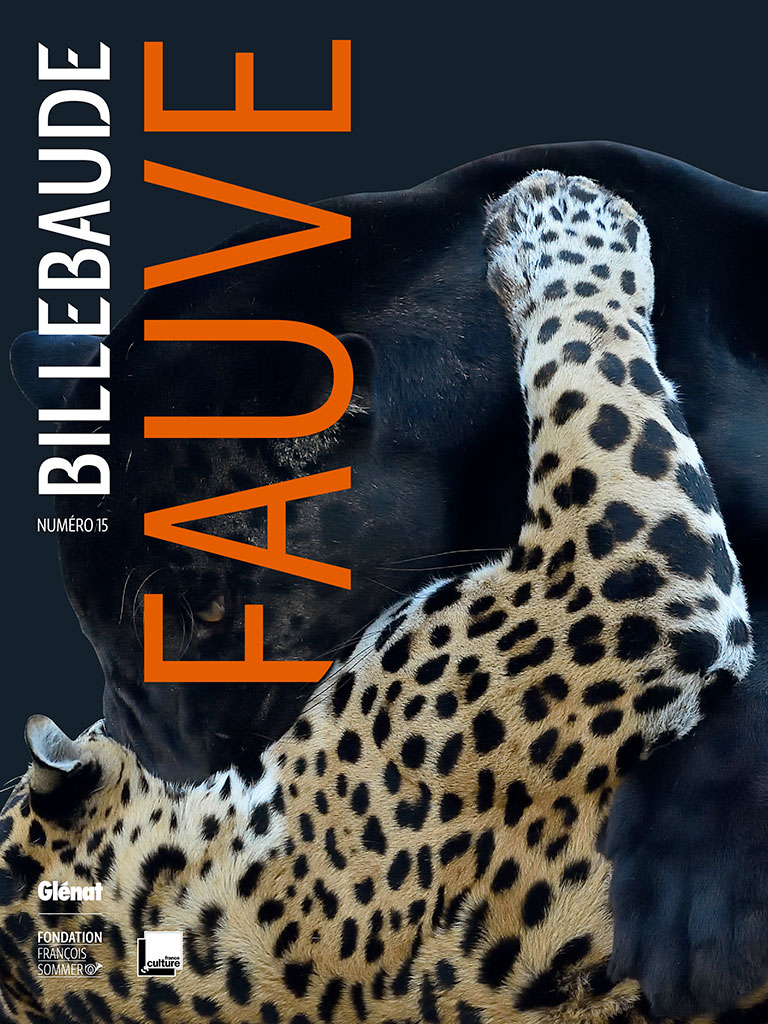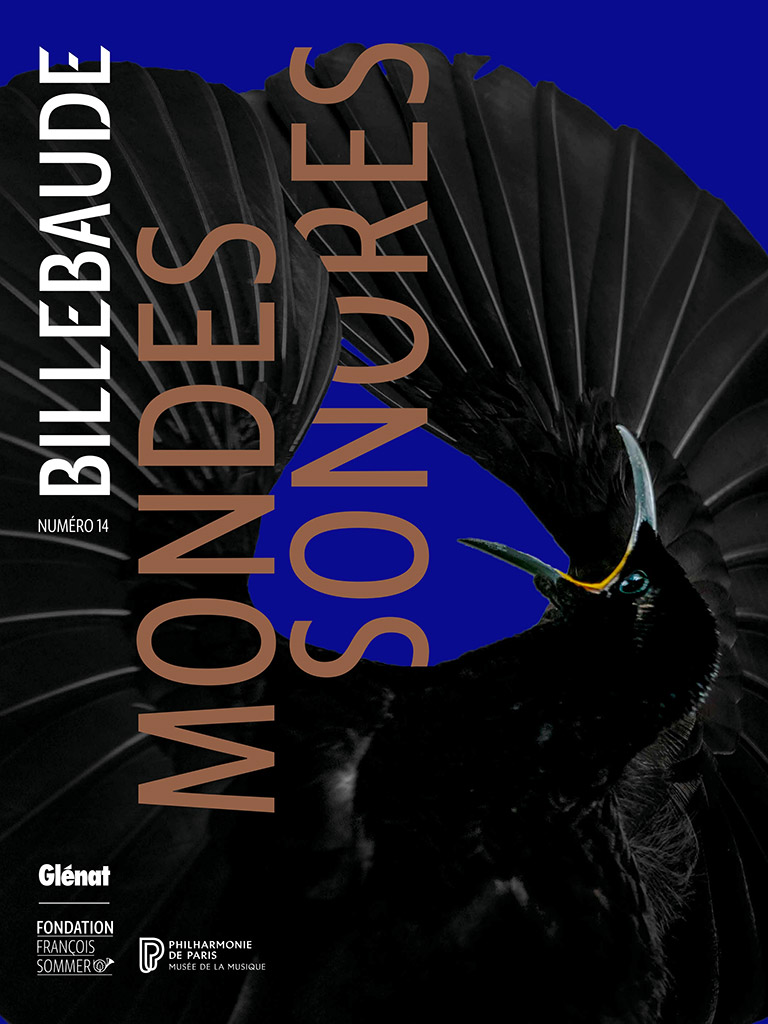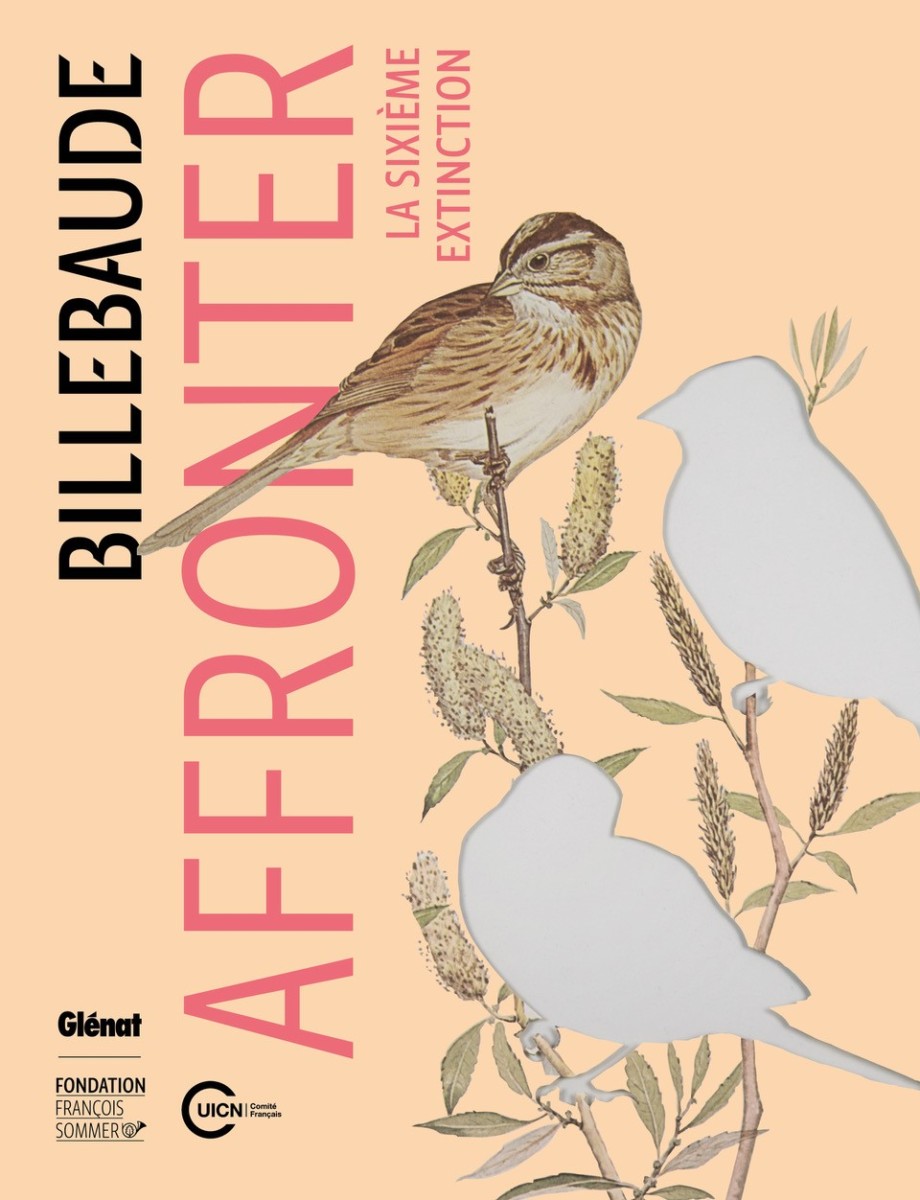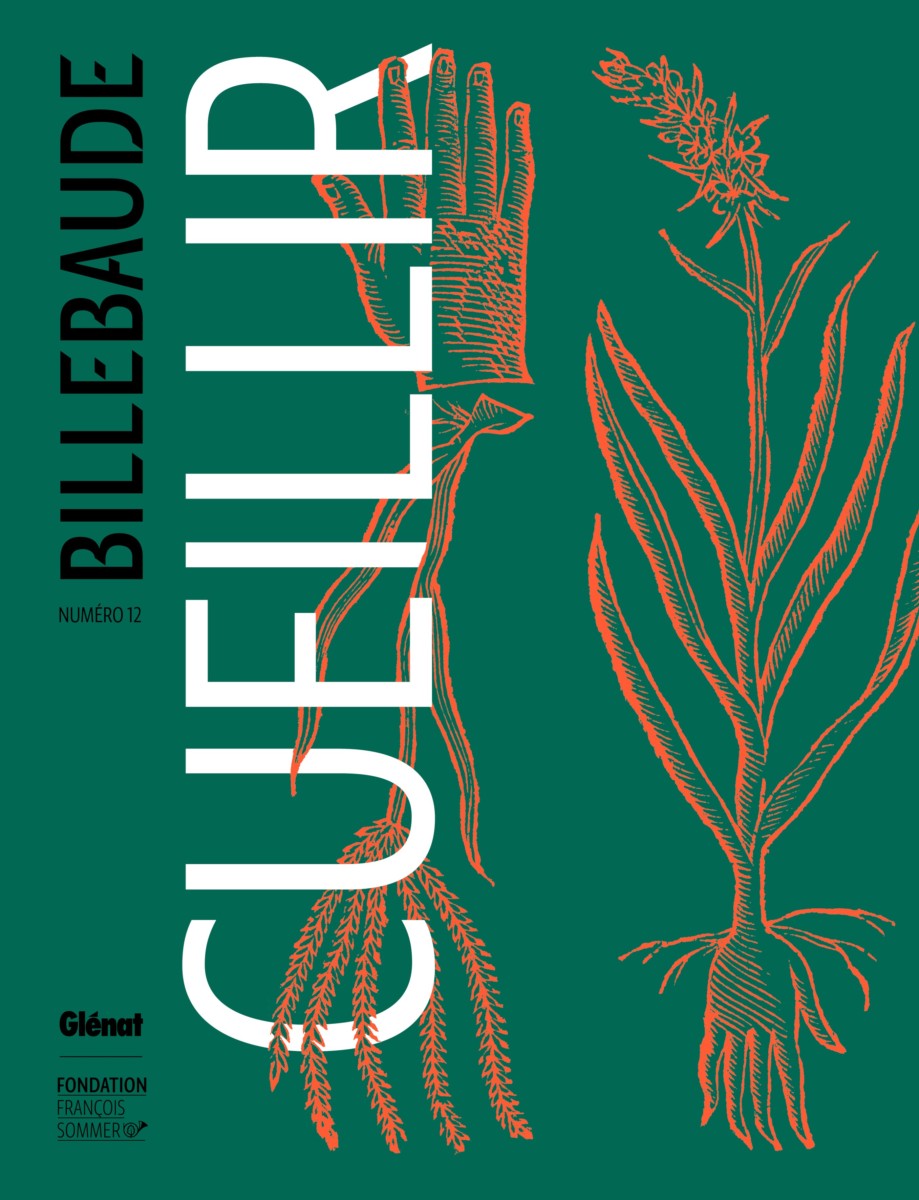N°22 The Augmented Animal
In connection with the exhibition "Uchronie" by Vincent Fournier, the new opus of the magazine explores the theme of the augmented animal. "Augmented animal", did you say? Sometimes animal modified by the sciences, sometimes animal transformed by the senses, BIllebaude explores the many ways to increase the animal of yesterday, today and tomorrow. By summoning the gaze of artists, the erudition of scholars, the sensitivities of patricians and the analyzes of men and women in the field, the journal digs for its 22nd issue the furrow of our complex relationship with the fauna that surrounds us. Proof that living things deserve our full attention more than ever!
(Automatically translated with Google Translate)
In this issue,by Antoine Kauffer, editor-in-chief of BIllebaudeAt a time when the threats to wildlife occupy the public debate in France and internationally, Billebaude continues his exploration of the links between humans and animal. For this 22nd issue, the journal takes a look at the augmented animal. What exactly is the "augmented animal"? A confusing entity since at first sight, it does not correspond to any scientific reality. But also this idea from science fiction: the augmented animal is one on which humans have intervened to increase its physical capacity, intensify its intelligence or add technology to it. 'increase ? From the human point of view, above all in the increase of our perception. A matter of scale: from the technical revolution of the microscope, which, during the 17th century, gave us, through successive magnifications, access to a new living world (Philippe Hamou), to the contemporary reflections of certain ecologists who think of humans in by comparison with populations of microorganisms that are still largely unknown (Rob Dunn). Therefore, let us imagine, speculate, let us increase in the manner of 20th century science fiction, populated by decidedly disturbing alien animals (Irène Langlet) - these more or less fictitious bioforms which blur our boundaries between animal languages and human understanding (Adrian Tchaikovsky). So many issues that pioneering scientific research in bioacoustics now allows us to consider with acuity (Nicolas Mathevon, 2022 winner of the François Sommer Homme Nature Prize). Because if it is increased, the animal is increased through human intervention. Man acts on wildlife to better understand its modes of operation, but also to find technical applications that can be replicated on humans, or even to replace the living with an animated presence, like certain robot-animals (Marie Tyl). Such technological developments call into question the ethical limits that we set for our interventions on animals (Aline Richard Zivohlava) – the example strikes us when it affects breeding where productivity comes into play (François Thoreau). The process of animal augmentation can also be a fruitful creativity: when Artificial Intelligence becomes a driving force behind new aesthetics (Mishka Henner) or when video games seem capable of embodying animal experience (Alexis Anne-Braun ). Ultimately, the animal is augmented by the stories we weave from it (Anne Simon). Nourished by scientific work (Jean-Sébastien Steyer), the resolutely “augmenting” art-operation, if any, invites a change of perspective. Exhibited at the Musée de la Chasse et de la Nature in Paris in the spring of 2023, the artist-photographer Vincent Fournier recalls this with poetry: rather than always demanding more of him, increasing the animal means granting him the importance it deserves. It is to make him his material alive. And celebrate its beauty.


